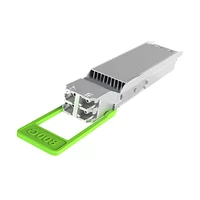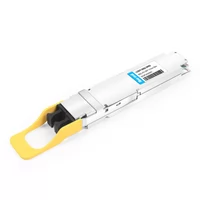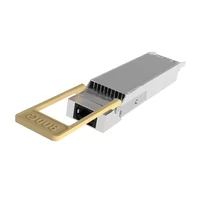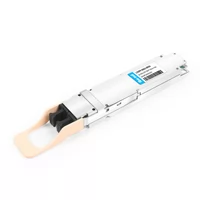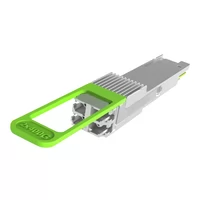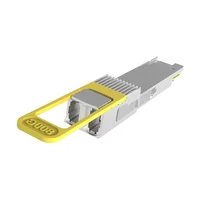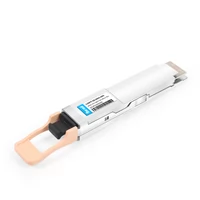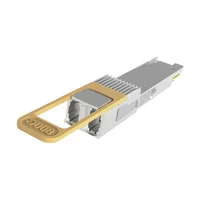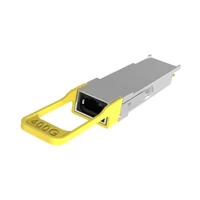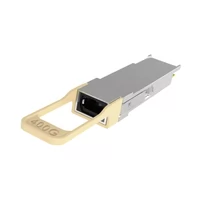In recent years, the optical communication industry has been developing rapidly. Driven by 5G and AI, optical communication technology has achieved great breakthroughs, and optical infrastructure has also made a qualitative leap. Especially this year, the AIGC large model became popular, and intelligent computing and supercomputing rose, which led to a new wave of development boom for optical communication. The backbone network 400G is about to be fully deployed, and the data centers 800G and 1.6T are also eager to try.
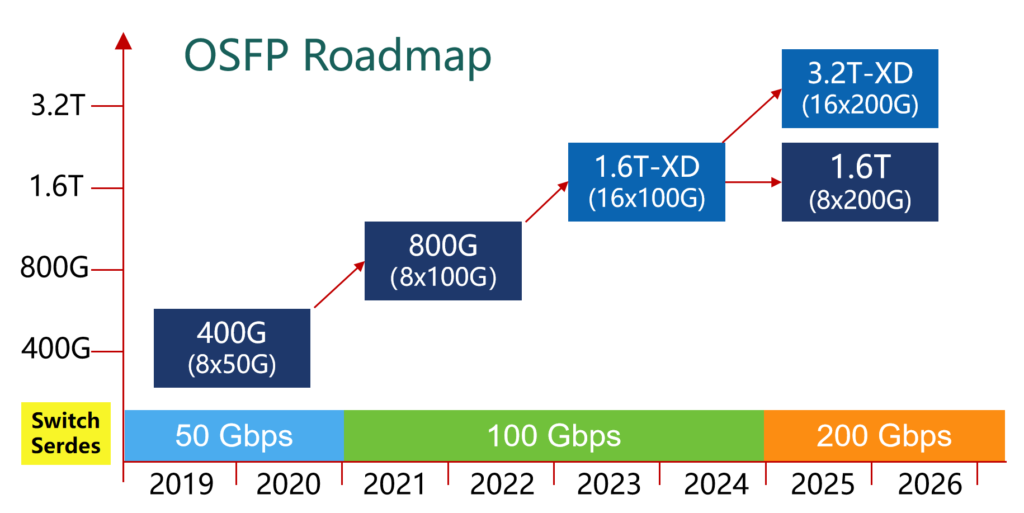
Table of Contents
ToggleThe Challenges of Optical Communication Evolution
In fact, the technology iteration of optical communication is not a simple doubling of numbers.
After entering the 400G stage, we have to solve not only the speed improvement but also the power consumption and cost issues brought by the high speed. Speed improvement is like truck delivery. When the cargo becomes heavier and heavier, you need to upgrade the engine. The larger the engine displacement, the higher the fuel consumption and the engine price and fuel cost will also increase.
We take optical modules as an example.
As a key device of optical networks and the most used device, optical modules have always been the focus of industry attention. Its power consumption and price are closely related to user purchase intention.
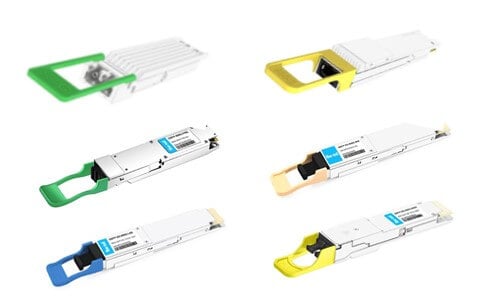
Back in 2007, a 10 Gigabit (10Gbps) optical module was only about 1W of power.
With 40G, 100G, 400G, and 800G, the power consumption of optical modules has skyrocketed, pushing 30W.
It is important to realize that a switch can have more than one optical module. If it is fully loaded, there are often dozens of optical modules (if there are 48 of them, it is 48×30=1440W).
Generally speaking, the power consumption of optical modules accounts for about 40% or more of the power consumption of the whole machine. This means that the power consumption of the whole machine is highly likely to exceed 3000W.
The surge in energy consumption of optical communication equipment also puts tremendous pressure on the energy consumption and cost of the entire data center, which is highly detrimental to the carbon peaking and carbon neutrality goals of communication networks.
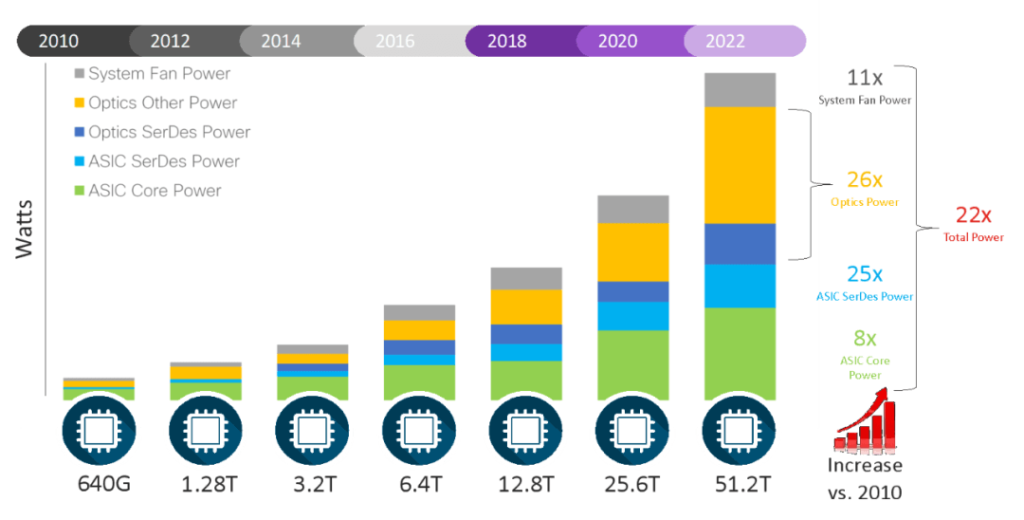
Compared with 2010, the energy consumption of optical devices will increase 26 times.
In order to solve the problem of energy consumption brought about by the rising rate of optical communication, the industry has carried out a lot of technical exploration.
CPO, which was popular last year, is one of the solutions. This year, in addition to CPO, the industry has put forward a new program – LPO.
What is LPO
LPO, the full name of the English called Linear-drive Pluggable Optics.
As you can tell from the name, it is an optical module packaging technology.
As shown in the figure below, there are optical module ports on the switch, insert the corresponding optical module into it, and then you can plug the fiber. If it is broken, it can also be replaced.
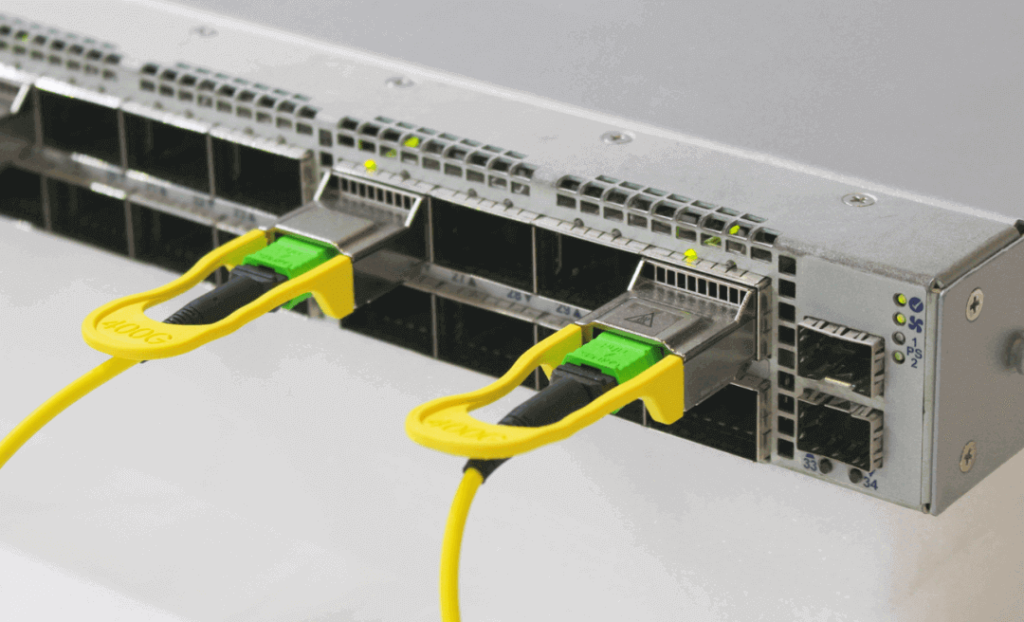
LPO emphasizes “pluggable” to distinguish it from CPO solution, in which optical modules are not pluggable. The optical module (optical engine) is moved closer to the switching chip and is directly “tied” to it.
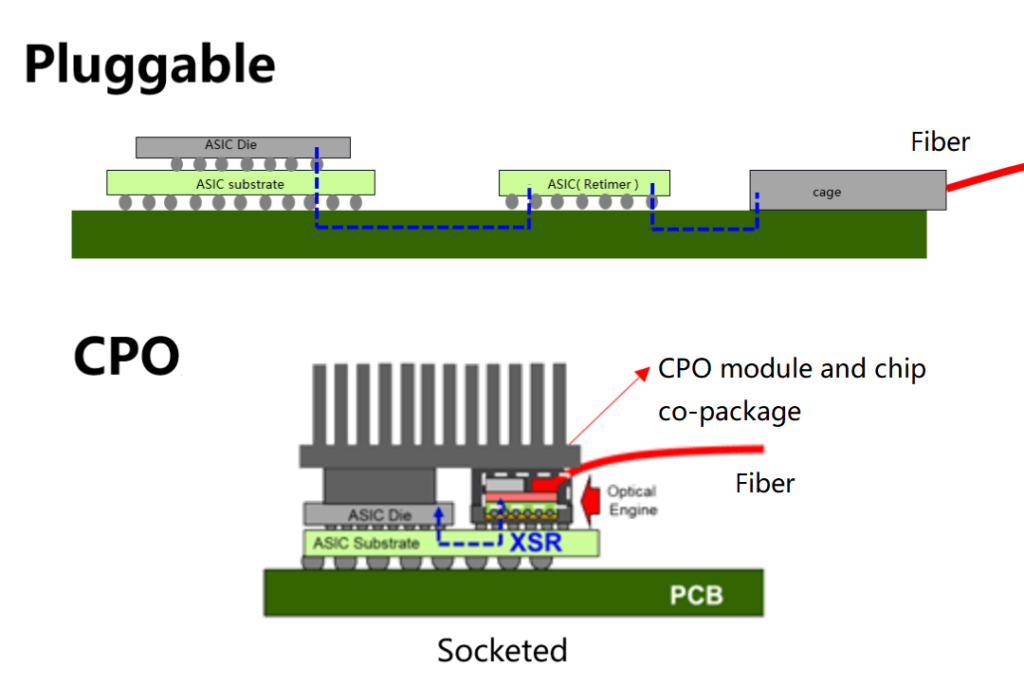
The key difference between LPOs and traditional optical modules is the Linear-drive.
The so-called “linear drive” means that the LPO adopts linear direct drive technology, and the DSP (Digital Signal Processing) / CDR (Clock Data Recovery) chip is canceled in the optical module.
So what is linear direct drive, what is the role of DSP, and why can it be eliminated? Why can it be canceled? What is the impact of the removal?
Let’s start with the basic architecture of the optical module.
Optical module transmission, that is, the process of electrical signals into optical signals, optical signals into electrical signals.

At the transmitting end, the signal goes through a digital-to-analog converter (DAC), which changes it from a digital signal to an analog signal. At the receiving end, the analog signal goes through analog-to-digital conversion (ADC) and becomes digital again.
After one operation, the digital signal obtained is a bit messy and distorted. At this time, the need for DSP, the digital signal “repair”.
DSP is a chip running algorithms. It has a digital clock recovery function, and dispersion compensation function (to remove noise, nonlinear interference, and other factors), can fight and compensate for distortion, and reduce distortion on the system BER impact.
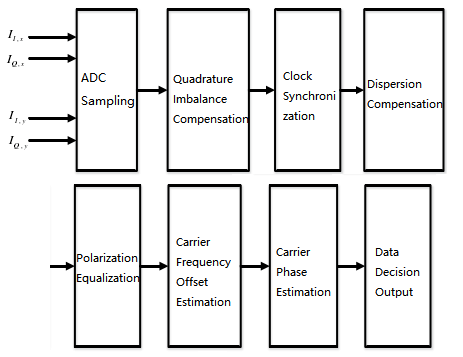
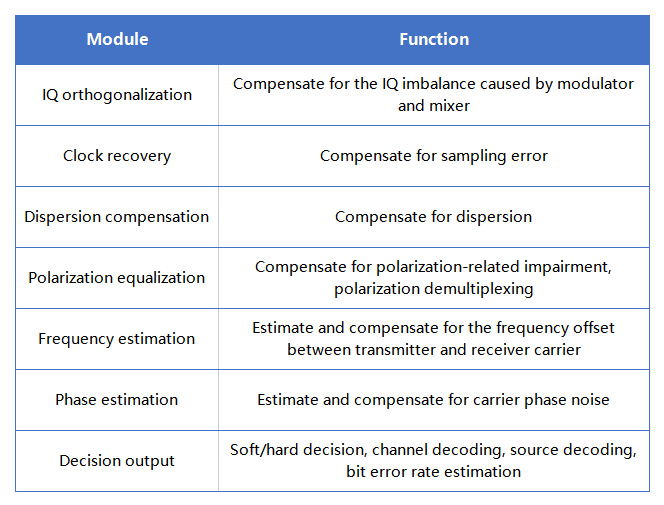
(Note: DSP is not available in all traditional optical modules. However, in high-speed optical modules, the signal requirements are high, so DSP is basically needed.)
In addition to DSP, the main electrical chips in optical modules include a laser driver (LDD), transimpedance amplifier (TIA), limiting amplifier (LA), and clock and data recovery chip (CDR).
CDR is also used for data restoration. It extracts the data sequence from the received signal and recovers the clock timing signal corresponding to the data sequence, thus restoring the specific information received.
DSP is very powerful. However, it also has high power consumption and cost.
For example, in the 400G optical module, the 7nm DSP used, the power consumption is about 4W, accounting for about 50% of the power consumption of the entire module.
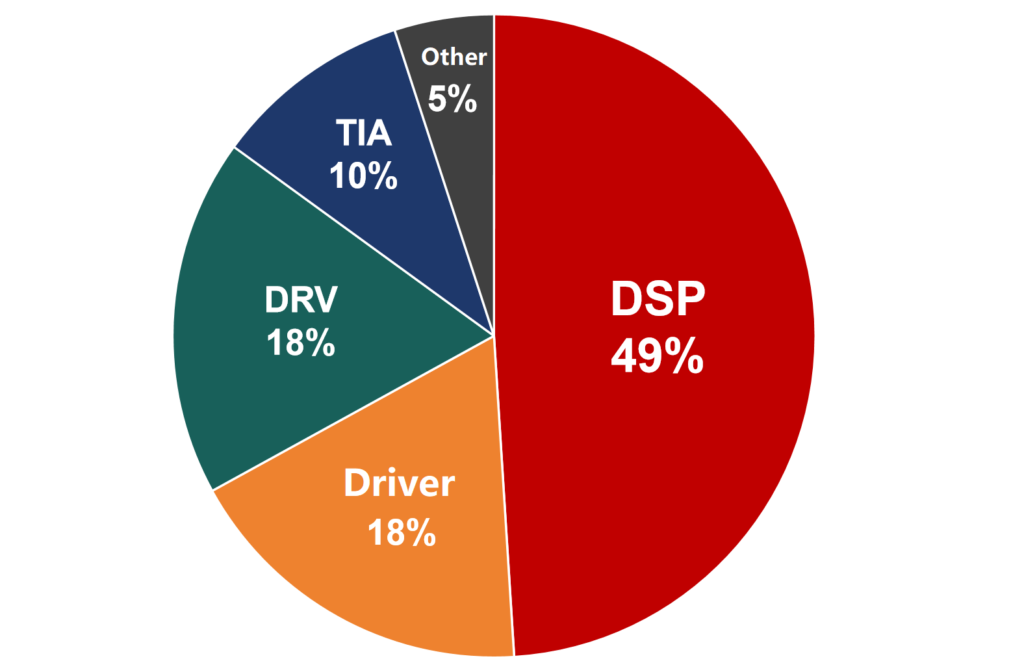
From a cost perspective, the BOM (Bill of Materials) cost of the DSP in a 400G optical module accounts for about 20-40%.
The LPO solution is to take out the DSP/CDR chip in the optical module and integrate the related functions into the switching chip on the device side.
In the optical module, only the Driver (Driver Chip) and TIA (Trans-Impedance Amplifier) with high linearity are left, and CTLE (Continuous Time Linear Equalization) and EQ (Equalization, Equalization) functions are integrated, respectively, for compensating high-speed signals to a certain extent. Equalization) functions are integrated to compensate for high-speed signals to a certain extent.
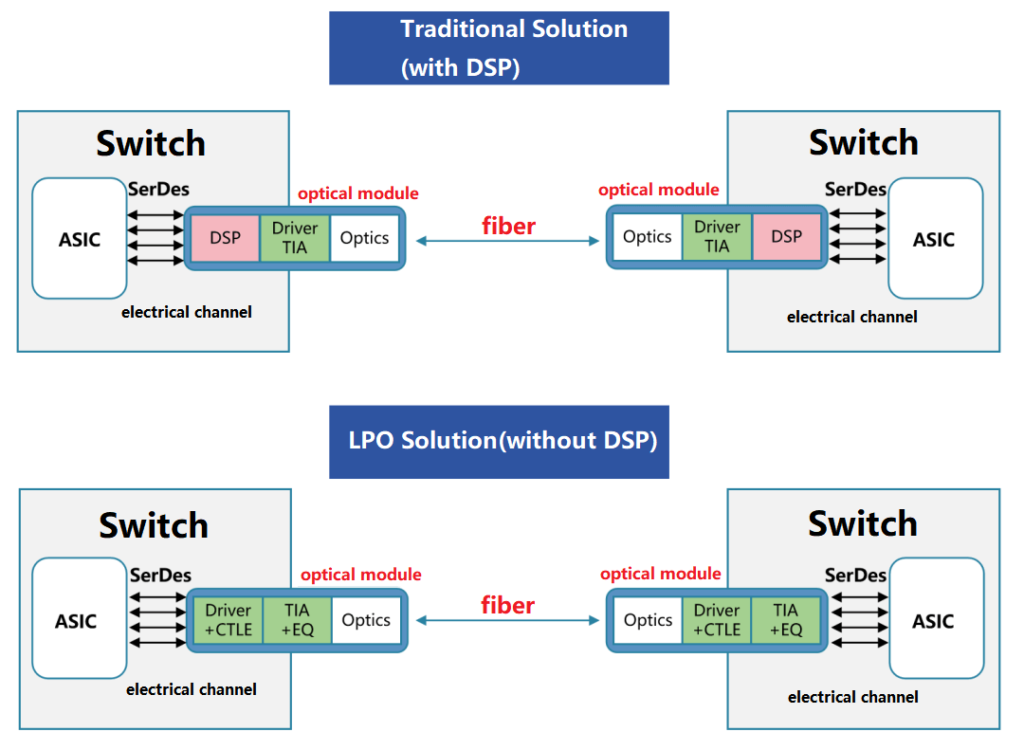
The Advantages of LPO
The advantages of LPOs are summarized as low power consumption, low cost, low latency, and easy maintenance.
Low Power Consumption
Without DSP, power consumption is down for sure.
According to Macom’s data, the power consumption of an 800G multimode optical module with DSP function can exceed 13W, while the power consumption of an 800G multimode optical module utilizing MACOM PURE DRIVE technology is less than 4W.
Low cost
This is self-evident. As mentioned earlier, the BOM cost of DSP accounts for about 20-40%, which is eliminated. The driver and TIA integrate EQ, which slightly increases the cost, but the overall cost is still reduced. According to industry analysis: in an 800G optical module, the BOM cost is about 600-700 US dollars, and the cost of the DSP chip is about 50-70 US dollars. The driver and TIA integrate EQ functionality, which increases the cost by 3-5 US dollars. Calculated in this way, the total system cost can be reduced by about 8%, about 50-60 US dollars. It is worth mentioning that DSP is also a technology mastered by a few manufacturers such as Broadcom and Inphi. Cancelling DSP also reduces the dependence on a few manufacturers to some extent.
Low latency
Without DSP, one processing step is reduced, and the data transmission latency is also reduced. This advantage is especially important for AI computing and supercomputing scenarios.
Easy maintenance
This is relative to the CPO solution. In the CPO solution, if any device in the system breaks down, you have to power off and replace the entire board, which is very inconvenient for maintenance. The packaging of LPO has not changed significantly, supports hot swapping, simplifies fiber wiring and equipment maintenance, and is more convenient to use.
The Current Challenges of LPO
Short communication distance
There is a price to pay for removing DSP. TIA and driver chips cannot completely replace DSP, so the system’s bit error rate will increase. With a higher bit error rate, the transmission distance will naturally be shorter. The industry generally believes that LPO is only suitable for specific short-distance application scenarios. For example, the connection between servers and switches within data center cabinets, and the connection between data center cabinets. The initial development of LPO can connect distances from a few meters to tens of meters. In the future, it may be extended to within 500 meters.
Standardization is just starting
At present, LPO’s standardization is still in its early stages, and there may be some challenges in interoperability. For enterprises, if they adopt LPO, they need to have certain technical capabilities, be able to formulate technical specifications and solutions, be able to explore the boundary conditions of devices and modules and be able to conduct a large number of integration and interoperability tests.
In other words, LPO is currently more suitable for relatively closed and single-supplier systems. If multiple suppliers are used and they do not have the strength to control them, there may be problems such as “difficult to define problems, mutual shirking”, which is worse than using traditional DSP solutions.
In addition, some experts have pointed out that LPO brings some challenges to the electrical channel design on the system side. The current mainstream specification of SerDes is 112G, which will soon be upgraded to 224G. Experts believe that LPO cannot keep up with the requirements of 224G SerDes.
The industrialization progress of LPO
LPO solutions have actually been proposed by some companies before, but they have not achieved any results due to technical limitations. At this year’s OFC conference, LPO was proposed again and soon became the focus of industry attention.
AWS, Meta, Microsoft, Google, and other major international market customers have expressed interest in LPO. Many optical communication giants have also invested resources in research and development. At present, FiberMall has launched an 800G LPO solution.
Recently, some companies should have achieved small-scale shipments. The key to the LPO solution lies in the chip. The main suppliers of high-linearity TIA & Driver are Macom, Semtech, Maxlinear, and others.
According to predictions, LPO will achieve large-scale commercialization by 2024. More optimistic institutions in the industry believe that LPO can occupy half of the market share in the future. More conservative institutions believe that the share of CPO/LPO will reach about 30% by 2026.
Conclusion
LPO is a technology that balances and compromises. It adapts to a specific application scenario (short distance) and gives up DSP/CDR, which results in a slight loss of performance (bit error rate). However, it also reduces power consumption, cost, and latency. It has different advantages and disadvantages than CPO. Although it emerged later than CPO, it will be deployed faster than CPO.
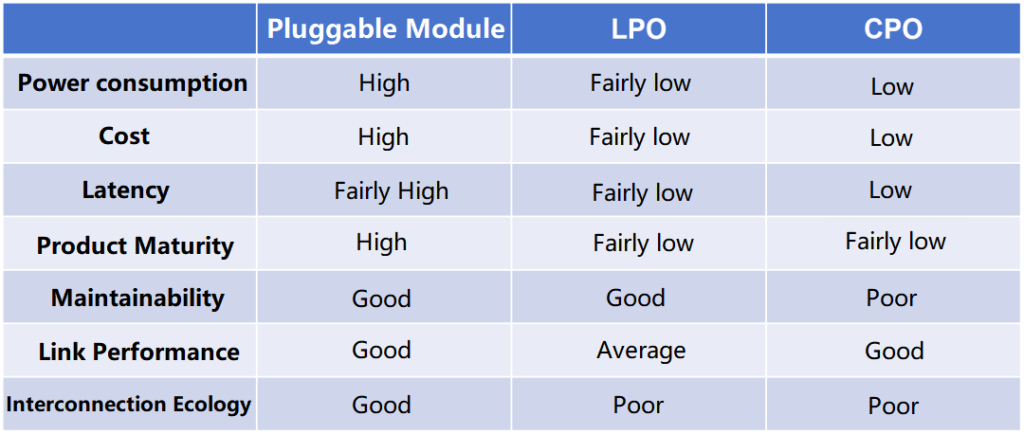
Following the current trend, LPO will be the most potential technology path in the 800G era. As the AIGC wave progresses, the data center optical network will advance to 800G. The golden age of LPO is approaching.
Related Products:
-
 LOSFP-800G-2FR4L LPO OSFP 2x400G FR4 PAM4 1310nm 2km DOM Dual Duplex LC SMF Optical Transceiver Module
$3500.00
LOSFP-800G-2FR4L LPO OSFP 2x400G FR4 PAM4 1310nm 2km DOM Dual Duplex LC SMF Optical Transceiver Module
$3500.00
-
 LOSFP-800G-DR8D 800G LPO OSFP DR8 PAM4 1310nm 500m DOM Dual MTP/MPO-12 SMF Optical Transceiver Module
$1800.00
LOSFP-800G-DR8D 800G LPO OSFP DR8 PAM4 1310nm 500m DOM Dual MTP/MPO-12 SMF Optical Transceiver Module
$1800.00
-
 LOSFP-800G-SR8 LPO OSFP 8x100G SR8 PAM4 850nm MTP/MPO-16 50m OM4 MMF FEC Optical Transceiver Module
$1100.00
LOSFP-800G-SR8 LPO OSFP 8x100G SR8 PAM4 850nm MTP/MPO-16 50m OM4 MMF FEC Optical Transceiver Module
$1100.00
-
 LOSFP-800G-SR8D LPO OSFP 8x100G SR8 PAM4 850nm 50m DOM Dual MPO-12 MMF Optical Transceiver Module
$1000.00
LOSFP-800G-SR8D LPO OSFP 8x100G SR8 PAM4 850nm 50m DOM Dual MPO-12 MMF Optical Transceiver Module
$1000.00
-
 LQSFP-DD-800G-2FR4L LPO QSFP-DD800 2x400G FR4 PAM4 CWDM4 2km DOM Dual Duplex LC SMF Optical Transceiver Module
$1800.00
LQSFP-DD-800G-2FR4L LPO QSFP-DD800 2x400G FR4 PAM4 CWDM4 2km DOM Dual Duplex LC SMF Optical Transceiver Module
$1800.00
-
 LQSFP-DD-800G-DR8D 800G LPO QSFP-DD800 DR PAM4 1310nm 500m DOM Dual MPO-12 SMF Optical Transceiver Module
$1500.00
LQSFP-DD-800G-DR8D 800G LPO QSFP-DD800 DR PAM4 1310nm 500m DOM Dual MPO-12 SMF Optical Transceiver Module
$1500.00
-
 LQSFP-DD-800G-SR8 800G SR8 LPO QSFP-DD 850nm 50m OM3 MMF MPO-16 Optical Transceiver Module
$1300.00
LQSFP-DD-800G-SR8 800G SR8 LPO QSFP-DD 850nm 50m OM3 MMF MPO-16 Optical Transceiver Module
$1300.00
-
 LQSFP-DD-800G-SR8D 800G SR8 LPO QSFP-DD 850nm 50m OM3 MMF 2xMPO-12 Optical Transceiver Module
$1300.00
LQSFP-DD-800G-SR8D 800G SR8 LPO QSFP-DD 850nm 50m OM3 MMF 2xMPO-12 Optical Transceiver Module
$1300.00
-
 LQSFP112-400G-DR4 400G LPO QSFP112 DR4 PAM4 1310nm 500m MTP/MPO-12 with KP4 FEC Optical Transceiver Module
$1200.00
LQSFP112-400G-DR4 400G LPO QSFP112 DR4 PAM4 1310nm 500m MTP/MPO-12 with KP4 FEC Optical Transceiver Module
$1200.00
-
 LQSFP112-400G-SR4 400G LPO QSFP112 SR4 PAM4 850nm 50m MTP/MPO-12 OM3 FEC Optical Transceiver Module
$800.00
LQSFP112-400G-SR4 400G LPO QSFP112 SR4 PAM4 850nm 50m MTP/MPO-12 OM3 FEC Optical Transceiver Module
$800.00

